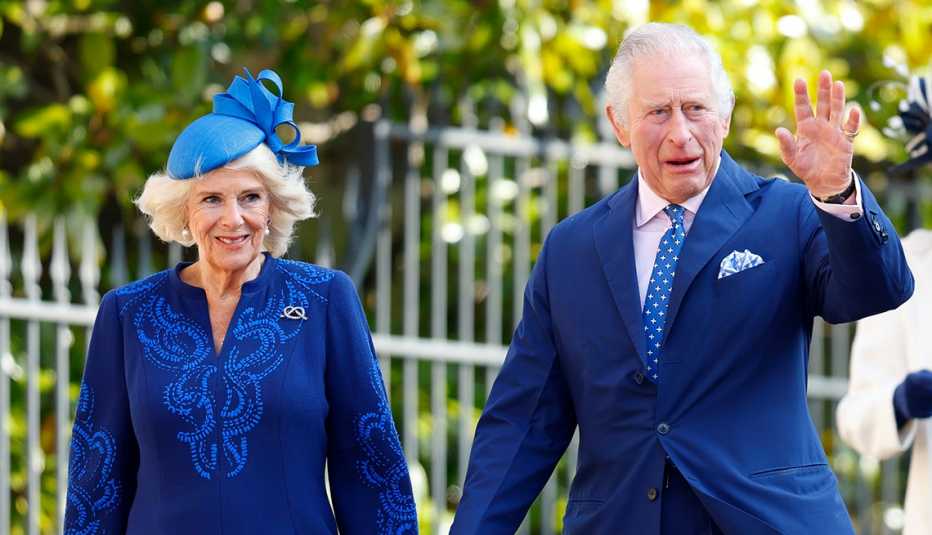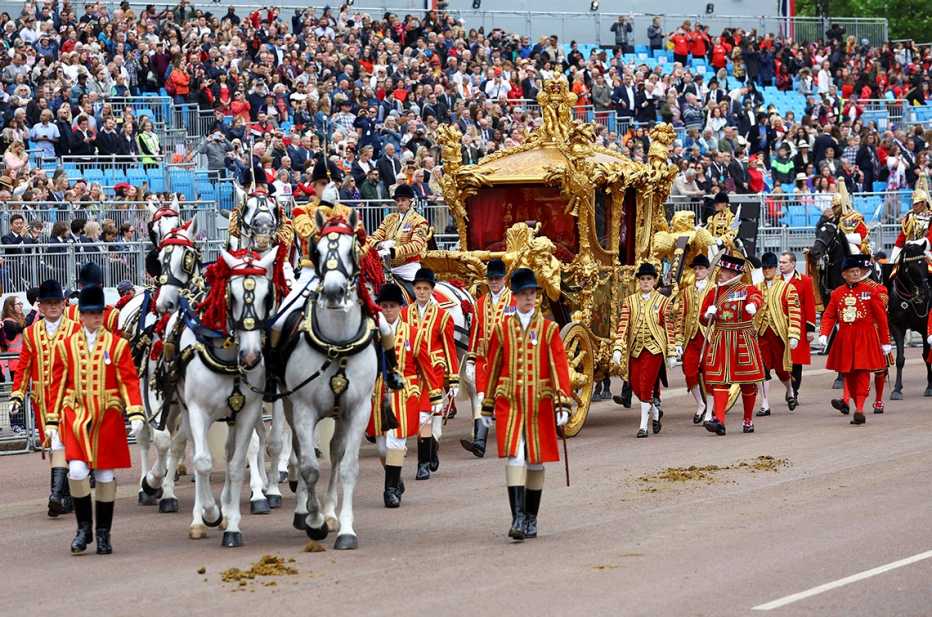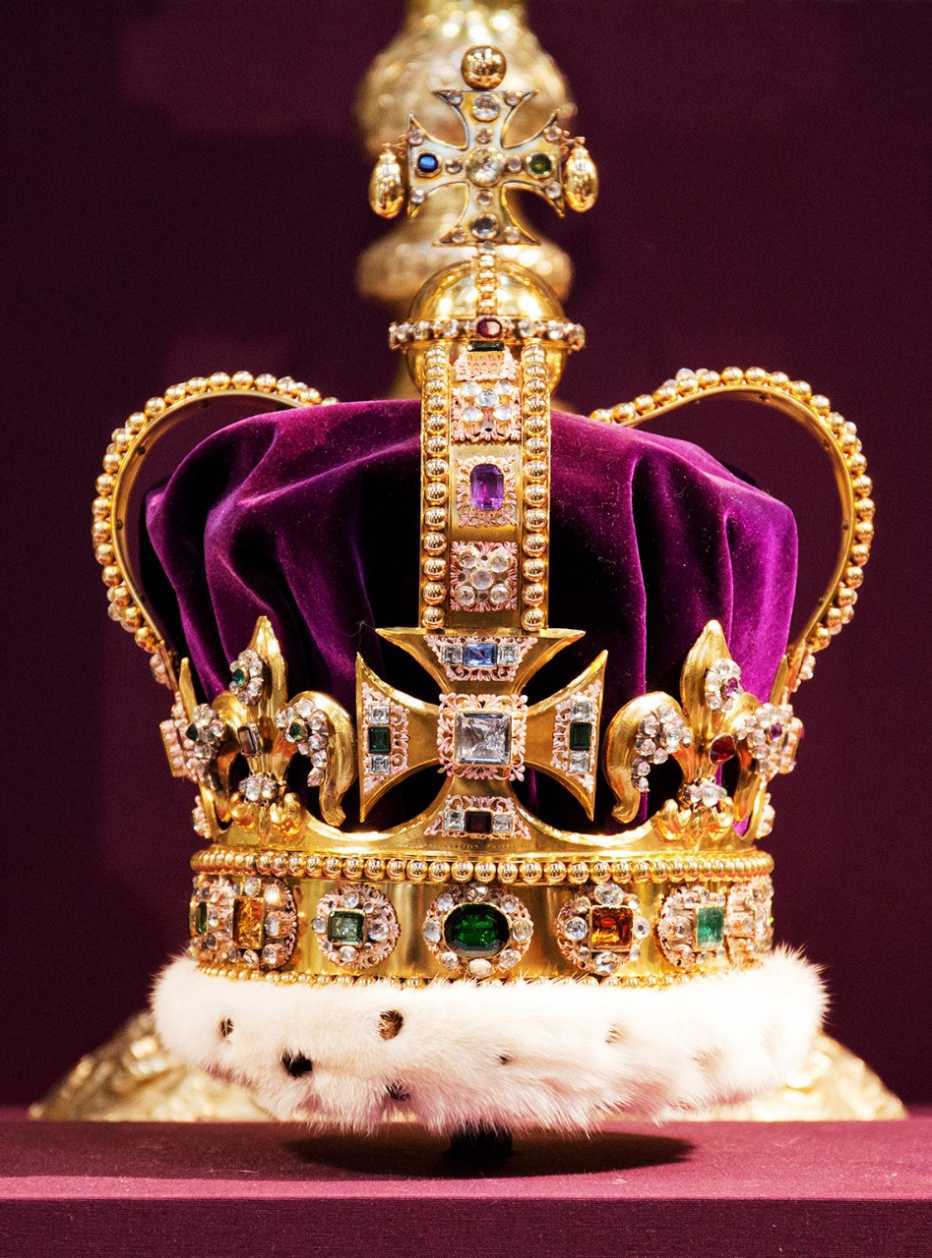Staying Fit


If you haven’t a clue what happens at a British royal coronation, join the multitudes. Even Brits may be a little fuzzy on the many, many details, since there hasn’t been such an occasion since Queen Elizabeth ascended to the throne some 70 years ago.
Here’s a primer of what to expect on the big day — from high-profile attendees to royal carriages to (multiple) crowns.


AARP Membership— $12 for your first year when you sign up for Automatic Renewal
Get instant access to members-only products and hundreds of discounts, a free second membership, and a subscription to AARP the Magazine.
What is a coronation and why does it matter?
When King Charles III is crowned May 6 in Westminster Abbey in London, it will be momentous for his family, for history and the media, the government of the United Kingdom and its allies and for millions of people around the world watching in person or vicariously.
A coronation is the formal investiture — conferral — of a monarch’s royal status and powers, such as they are in a modern constitutional monarchy. Charles, 74, became king the instant of the death of his mother, Queen Elizabeth II, on Sept. 8, 2022, making him the oldest person to take the throne in 1,000 years of U.K. royal history.
The ceremony combines religious and secular meaning, blending tradition, continuity and modernity. It’s a ritual intended to bind a monarch to the people and the people to the nation as embodied by the monarch.


How will this coronation differ from the last one, in June 1953?
It will be shorter, less crowded, slimmed down and less expensive. A major difference: Charles’ second wife, Queen Camilla, 75, will be crowned alongside him. His father, Prince Philip, Duke of Edinburgh, was not crowned in 1953 alongside Queen Elizabeth.
His mother’s coronation, which Charles attended as a 4-year-old prince, lasted nearly three hours; his will be a little more than an hour. About 8,000 guests packed the abbey to the rafters for her crowning; his guests will total slightly more than 2,000.
After the ceremony, the queen and her husband returned to Buckingham Palace in an antique coach via a 5-mile route through London and ecstatic crowds in the streets. Charles and Camilla will return the way they came, along a 1.3-mile route past the houses of Parliament and a statue of Charles I (the king executed by Parliament in 1649), past Trafalgar Square and through Admiralty Arch and down The Mall to the palace gates.
Another difference: For both processions, Elizabeth and Philip traveled in the Gold State Coach, a 260-year-old horse-drawn carriage used in every coronation since William IV’s in 1831. It’s a painted fairy-tale coach, but it’s terribly uncomfortable, described as “horrible” by the queen. Charles and Camilla will use the Gold State Coach for the procession returning to the palace, but the procession to the ceremony will be in the Diamond Jubilee State Coach, built for Elizabeth’s 60th anniversary in 2012; it features air conditioning and a comfy suspension system.


Where will the coronation take place?
Westminster Abbey is a royal church where royal coronations, marriages, funerals and burials have taken place since it was built in the 11th century. All but two monarchs were crowned at the abbey; Charles will be the 40th reigning monarch to be crowned there since 1066.
Where will Charles sit when he is crowned?
He will be seated on King Edward’s Chair placed in the center of the abbey in front of the high altar. One of the world’s most famous pieces of furniture, it was ordered by Edward I in 1300 to encase the Stone of Scone, or Stone of Destiny, a hunk of sandstone used at Scottish coronations for centuries and stolen by the English in 1296. In 1996, the stone was returned to Scotland by the British government with the understanding it would be borrowed for coronations. It will be present under the coronation chair for Charles’ crowning, then returned to Scotland.





































































More From AARP
Meet 10 Superfans Over 50
These passionate people love everything from Harry Styles to the British royal family
Queen Elizabeth’s Remarkable Life In Photos
Stunning images capture the Queen in all facets of her life
Stories From People Who Became Witnesses to History
From the assassination of John F. Kennedy to the death of a princess, these ordinary people lived through extraordinary events